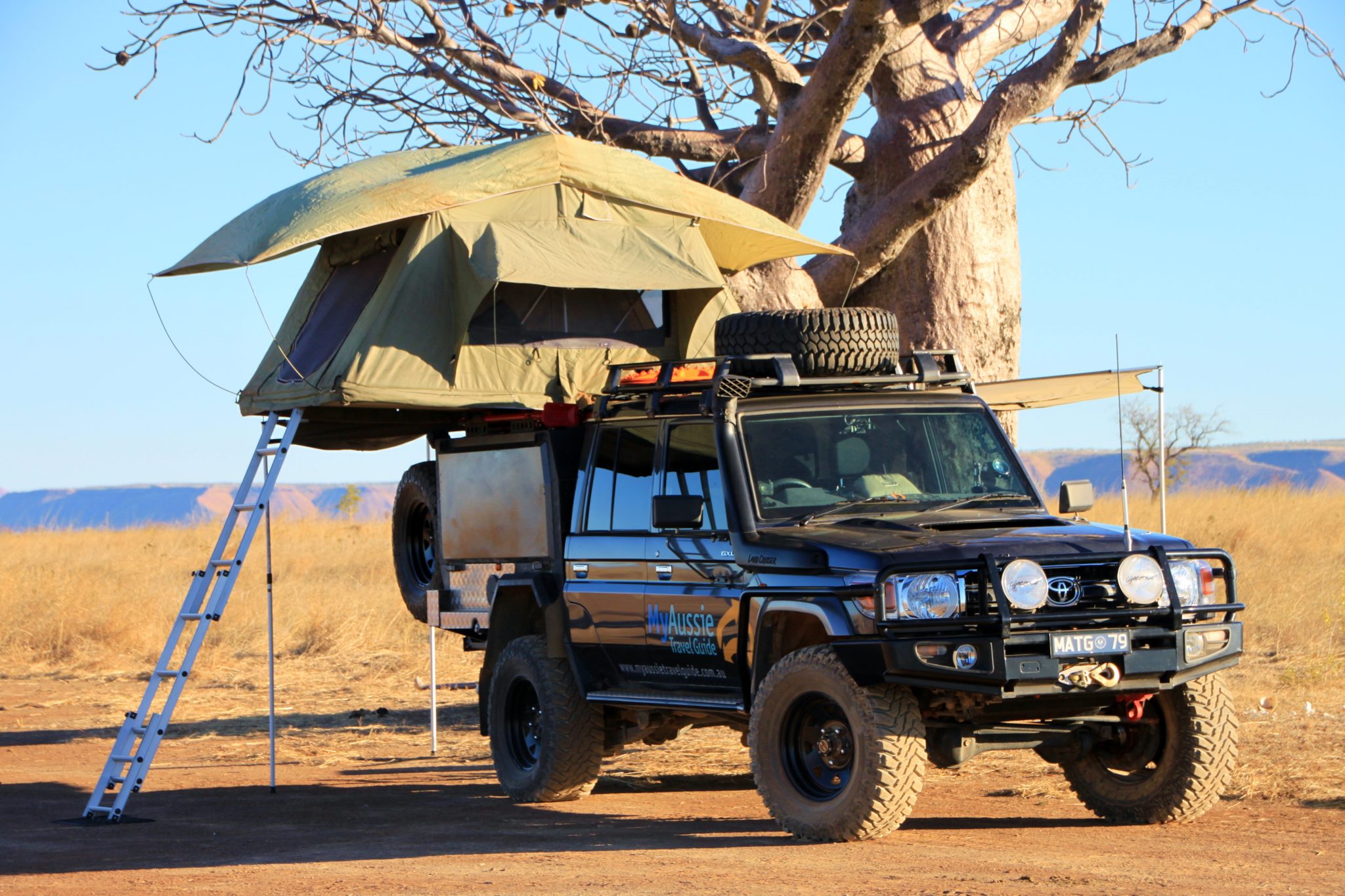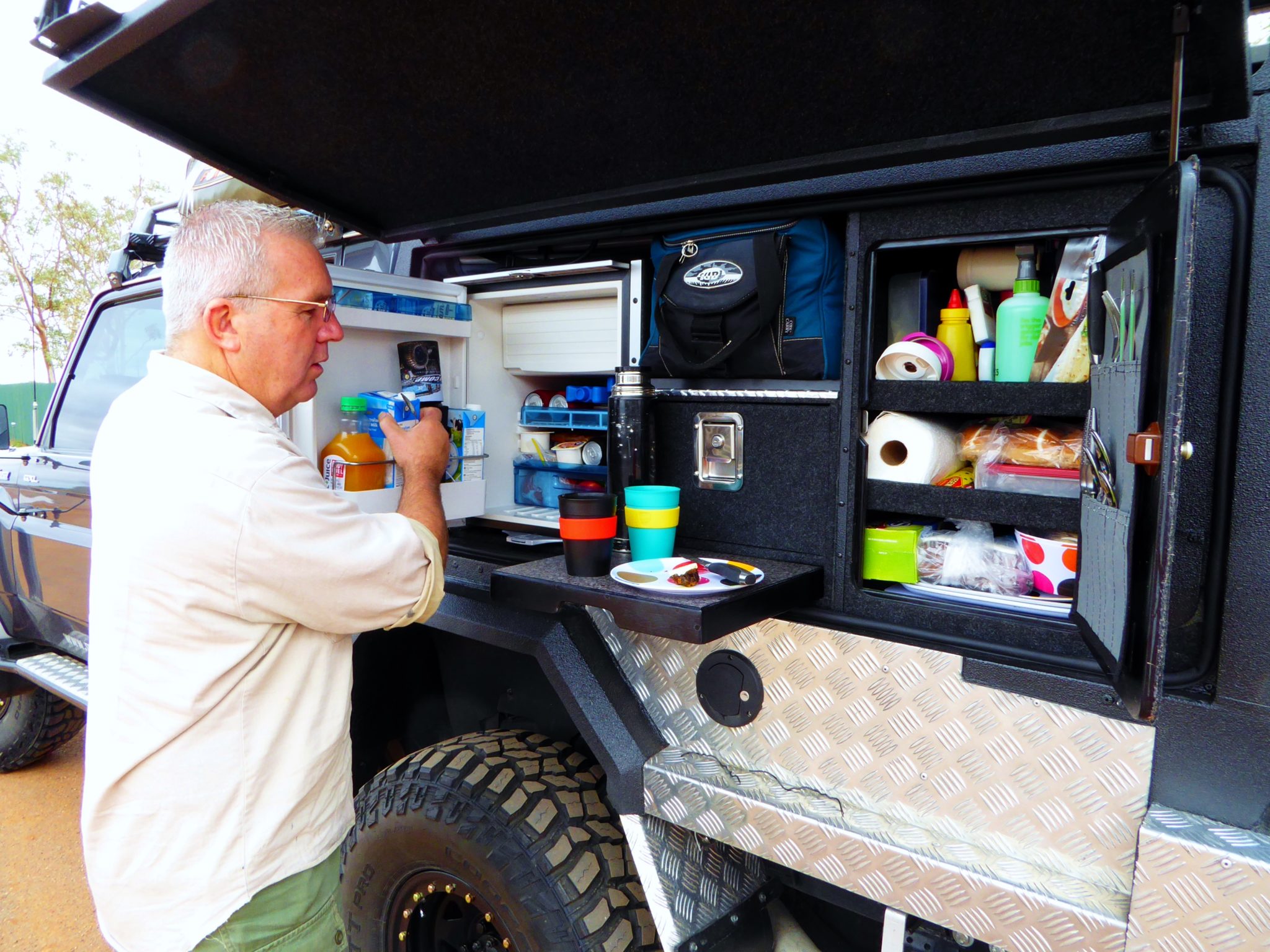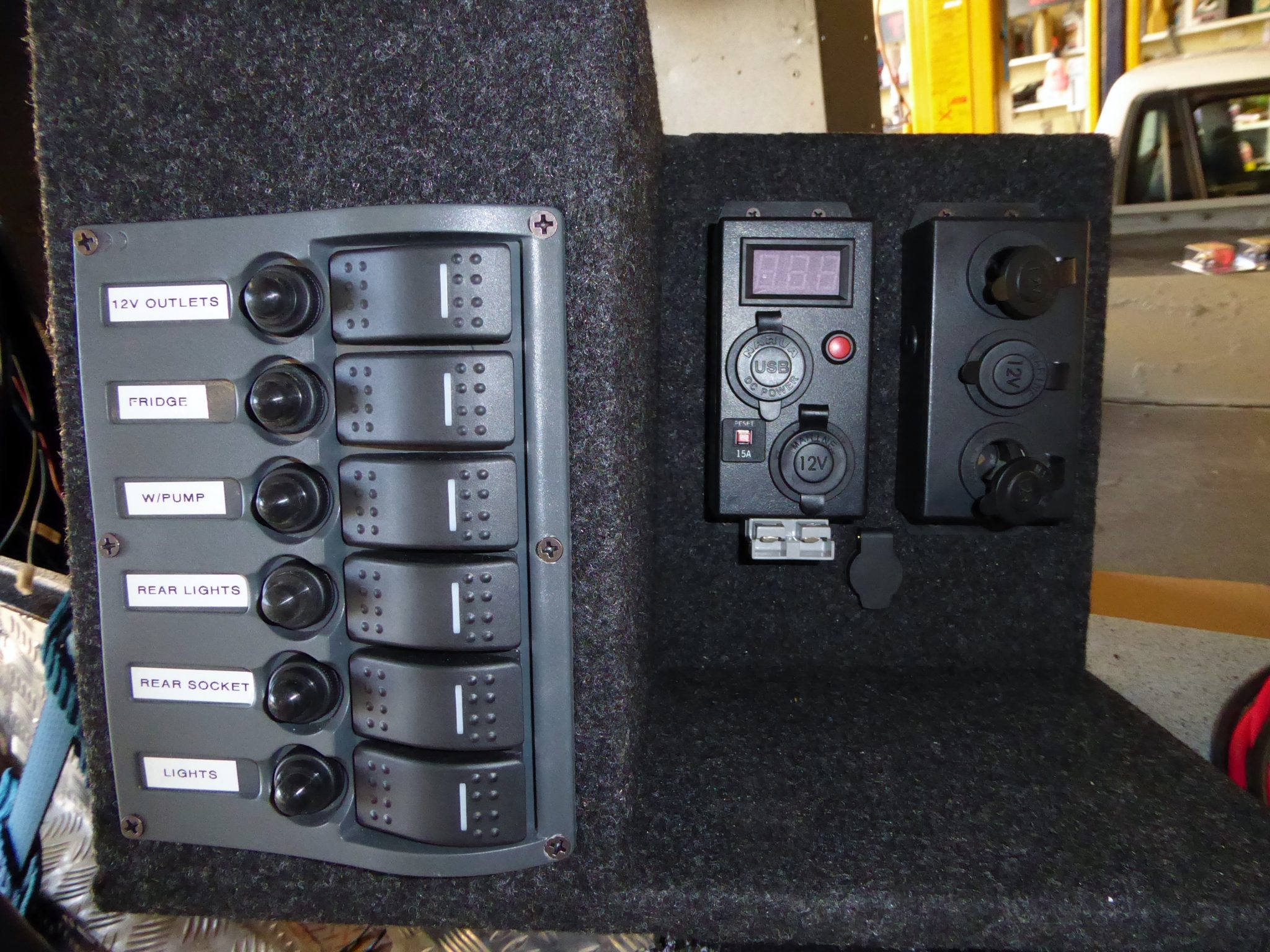When we first started out setting up a vehicle for touring many years ago, our approach was very hit and miss. We spoke to a lot of salespeople who all pushed their ideas and products, and we ended up with a very mixed bag of products that sort of worked. But we still found ourselves running short when it came to our 12v power requirements.
So with the benefit of hindsight now on our side, and many trips to some far flung places, we learnt a lot from those experiences. There’s a lot of information out there when it comes to 12v electrics, and it can be too easy to get caught up with all the hype. It’s important you take the time to develop what your requirements will be when looking at your essential needs and your wish list.
What Type of Traveller Are You?
Here are some simple steps we followed when designing our setup. Ask yourself these questions to help you decide the type of travelling you want to do.
- How will you travel – Will you be towing a camper or caravan, or just live out of your vehicle using a tent or staying in cabins?
- Type of touring – Do you aim to live off the grid, or do you plan on staying in service towns?
- Time on the road – Are you considering regular weekends away or a two-week road trip vs an eight-week remote desert crossing?
- Type of traveller – Do you want all the comforts of home with you such as refrigeration, lighting, and electronic equipment (eg phones, tablets, cameras, etc.)?
- Stay longer or move on – Will you set up and stay put for days on end, or will you be moving daily? This is important for how you recharge your batteries.
Of course what works for you today may change down the track, so at least consider you may want to expand your setup in the future.
Answering those questions put us in the category of remote, long term, self-sufficient, vast distance travelling, and travelling with some comforts from home.
Let’s explain the process we took to working out the loads, recharging requirements, and the design for the system we came up with.
The first step was to work out the electrical products we would travel with and their loads. We listed out all the things that would need power and charging, ie fridge/freezers, phones, lighting, torches, cameras, video cameras, tablets, laptops, navigators, water pumps, and battery powered tools. Then there were creature comforts such as stereo systems, fans for heating and cooling, and what 240v appliances we would like to travel with.
Now when you take a look at most 12 volt items, they will have the amps or watts usage labelled on the product. Determining the total amps we would consume allowed us to calculate the Amp Hours (A/H) we would need covered by battery capacity. For example, if our total daily usage was 60A/Hs, you’re now in a position to talk about battery size, type and capacity. But before doing so, there is one more step you need to calculate, and that’s how will you recharge those A/Hs you drain from your batteries? Ideally you want to aim for a system that has a greater charging capacity than usage.
Our rule of thumb is that we only aim to discharge our system by approximately 30% of its capacity. This means we start the next day at 70% capacity. That way we have a greater supply than demand which allows us to be back to 100% capacity early the following day. As we use more power during the morning while recharging cameras, portable lighting and battery packs, this still leaves enough time in the afternoon to ensure we are back to 100% before the end of daylight hours.
Our tip – The calculators on the REDARC website are a good starting guide to calculating your power usage.
Due to the type of touring we like to do, we use a combination of different battery circuits which are recharged via our alternator using BCDC chargers and solar power to replenish the daily amps drawn from using our appliances. We also add a three day safety margin to cover for cloudy days when solar calculations would fall short.
Knowing the State of Charge of your batteries (SOC)
This is a very important area because knowing how much charge you have left at any given time allows you to make adjustments in advance, well before it’s too late to be doing anything. Relying on a 12v gauge gives you an indication, but only provides part of the answer. This is why having a gauge that calculates the amps being used and the amps being recharged back into your battery bank can give you a more accurate reading as to what capacity is still remaining in your batteries. The REDARC BMS we have fitted to our set up provides this information, and more. Real time information allows us to decide to stop recharging our other appliances such as camera batteries if we are down on overall capacity.
Our recent travels using the new set up has returned outstanding results for us, with all of our 12v appliance needs being met. Our average SOC remained around 68% capacity, and was replenished daily by midday, either by solar or our alternator BCDC combo.
The best tip we can give you is take the time to work out your power load requirements. And when doing so, don’t be too thrifty in your calculations! The answers you get from this activity will put you in the best position to talk about battery capacity, and how you will go about recharging
Catch you next time.
Grant & Linda




